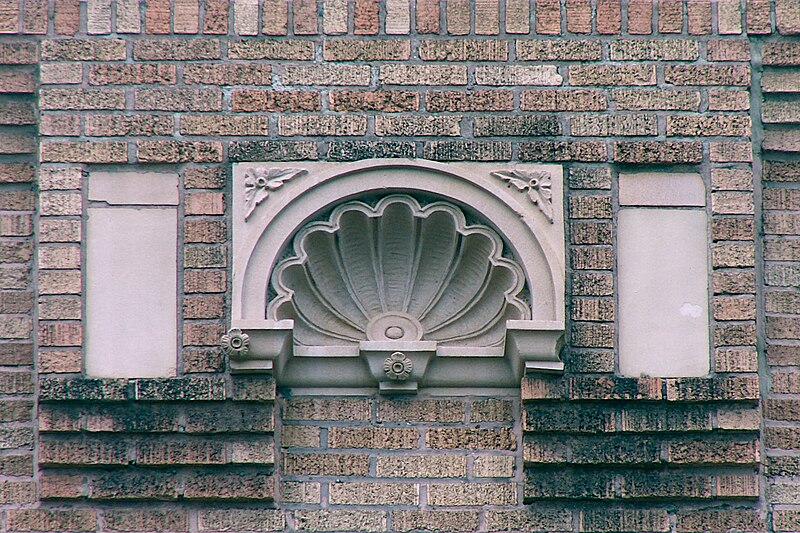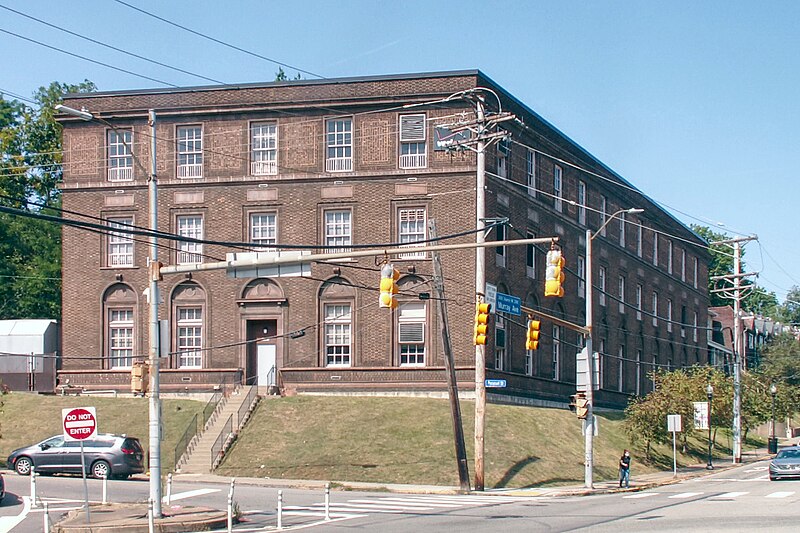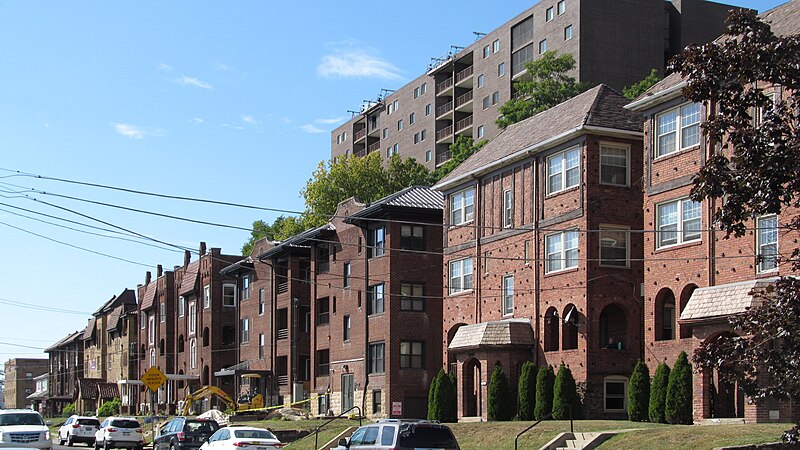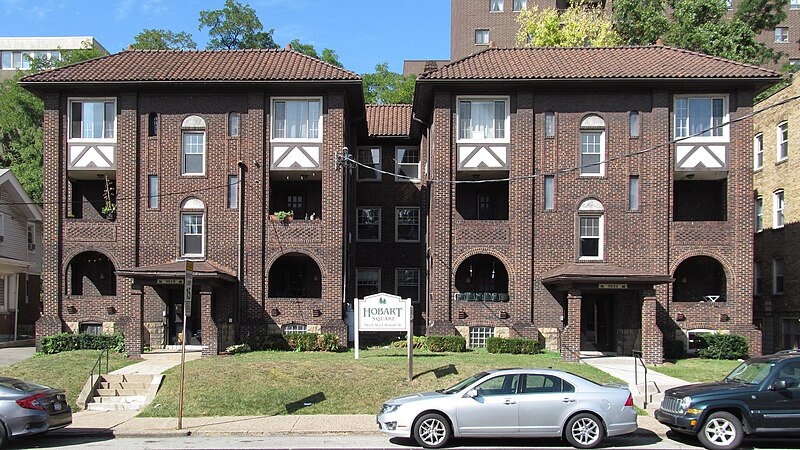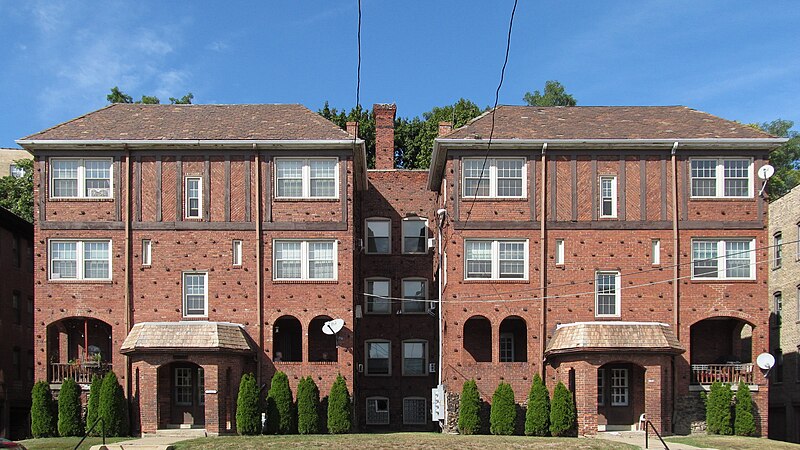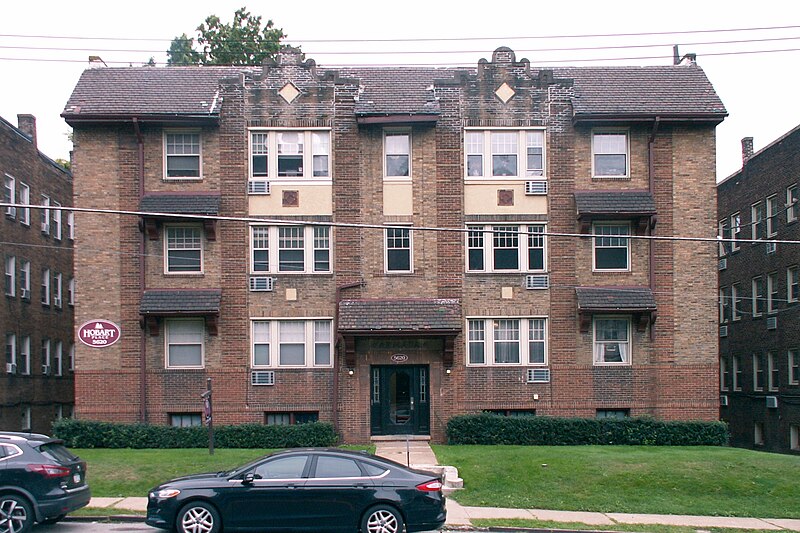
-
Carnegie Mellon University
-
Stairway in Baker Hall, Carnegie Mellon University
-
Some Details of Margaret Morrison Carnegie Hall, Carnegie Mellon University

Of all the buildings on the Carnegie Mellon campus, Margaret Morrison Carnegie Hall (named for Andrew Carnegie’s mother) probably makes the most jaw-dropping first impression. It was originally built in 1907 as a separate but related school, the Margaret Morrison Carnegie School for Women, where women would learn the skills women were fitted to learn. When it was discovered that women were fitted to learn everything, the school dissolved into the larger university.
Henry Hornbostel’s design makes its opening statement with a grand and stripey rotunda that is impressive and welcoming at the same time.


The polychrome ornament found throughout the campus is laid on lavishly here.

One of the sconces in the rotunda.

A side porch with some unusually intricate decoration that nevertheless does not look at all fussy.
-
Skylight in Baker Hall, Carnegie Mellon University
-
Telephone Exchange, Squirrel Hill
-
Terra-Cotta Decorations, Carnegie Mellon University
-
Alumni House, Carnegie Mellon University






